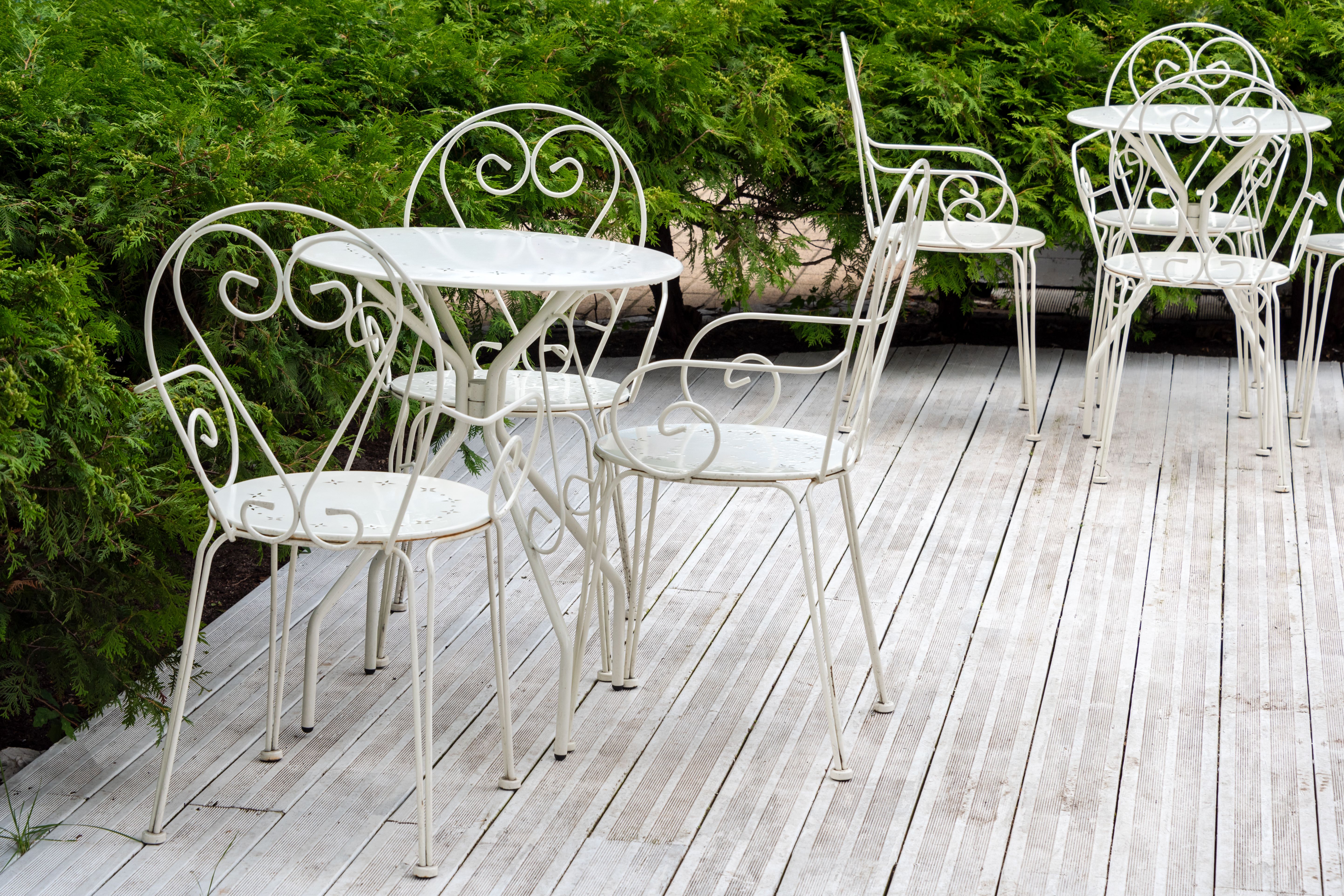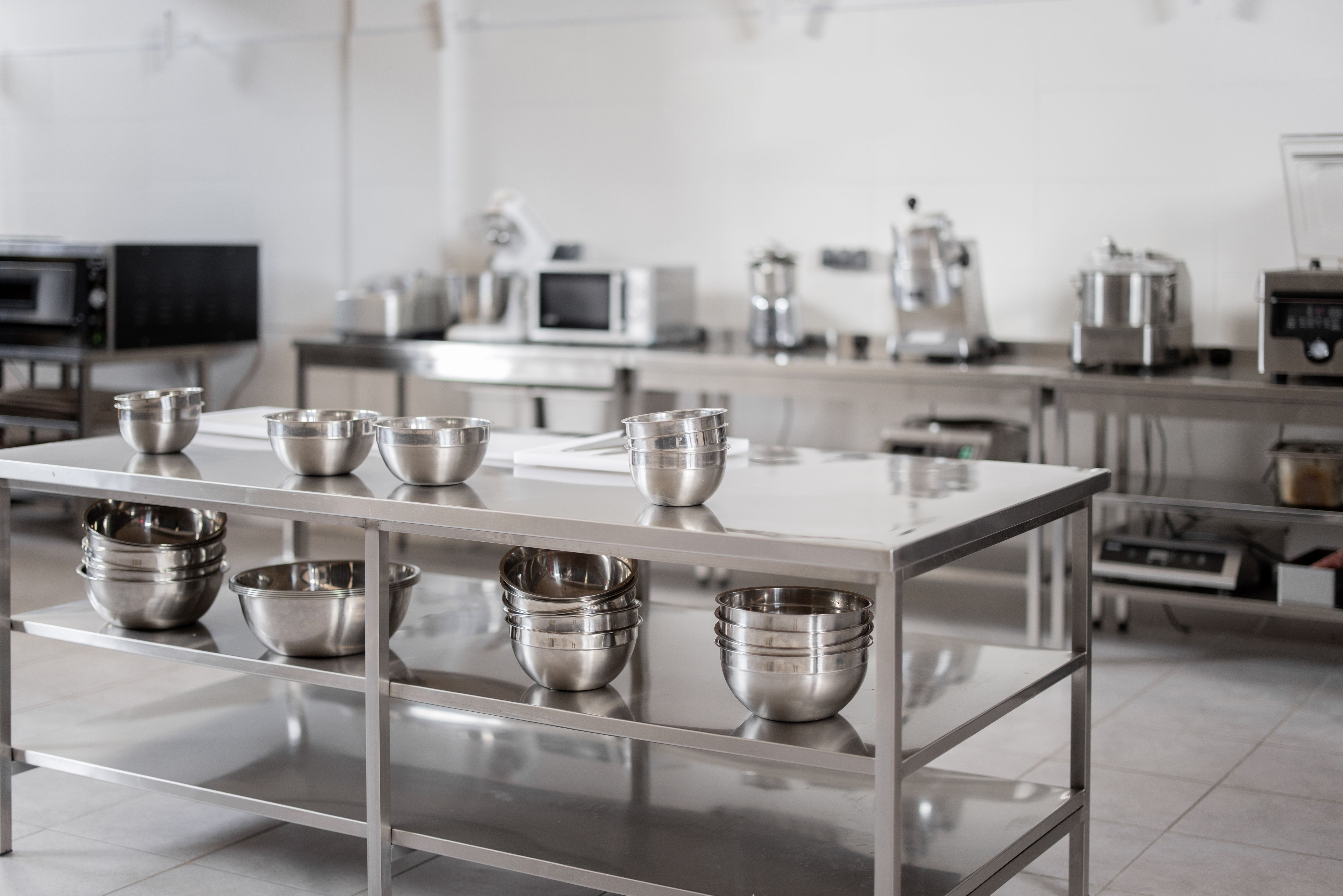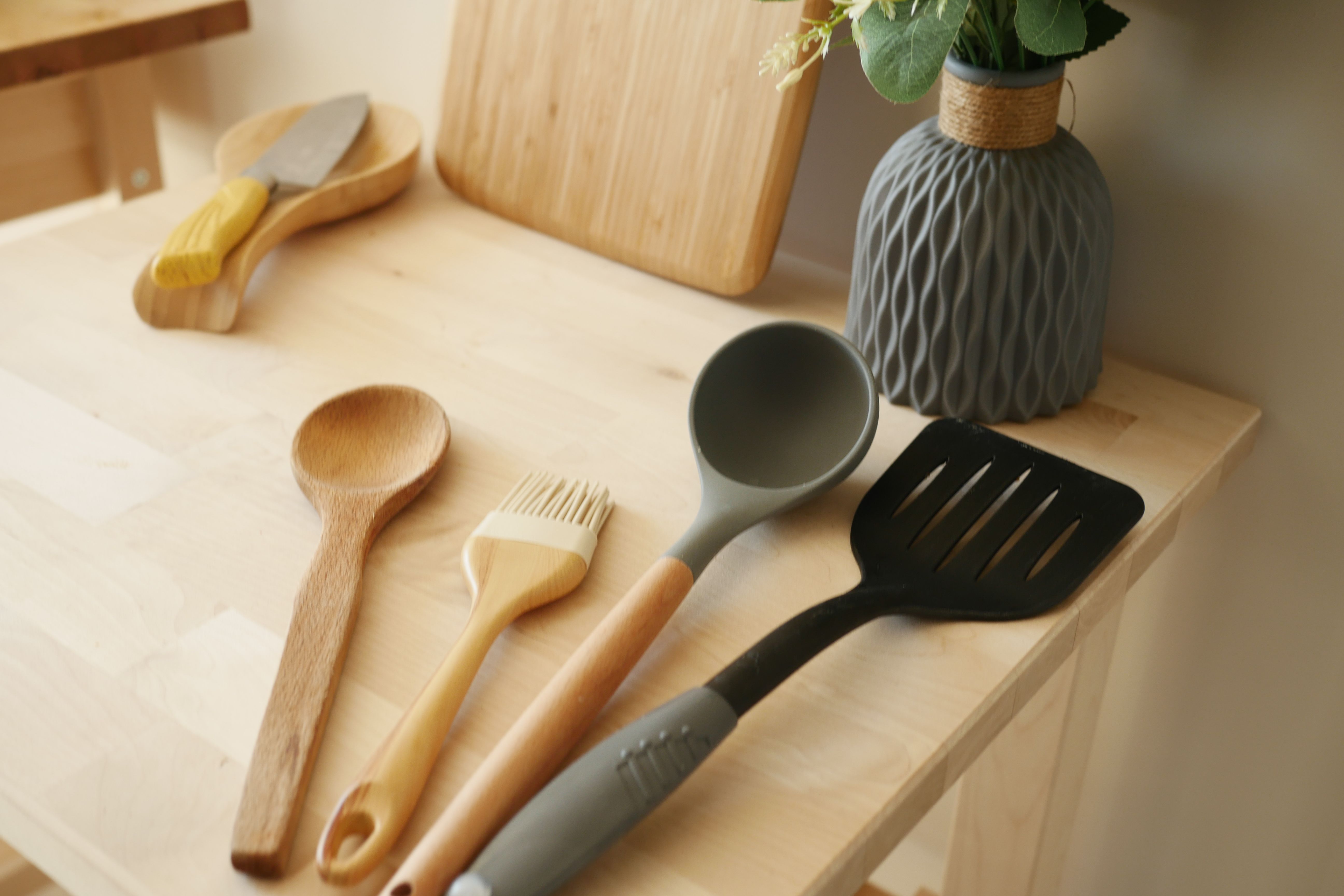Metal: The Backbone of Outdoor Furniture and Kitchen Equipment
The Versatility of Metal in Outdoor Furniture
When it comes to outdoor furniture, metal stands out as a top choice, thanks to its durability and elegant appeal. Unlike wood, which can warp or rot, metal remains resilient against the elements, making it perfect for year-round use. This inherent strength allows manufacturers to create intricate designs that blend functionality with aesthetic appeal.
Metals like aluminum, wrought iron, and stainless steel are popular in crafting outdoor furniture. Each offers unique benefits – aluminum is lightweight and rust-resistant, wrought iron is known for its classic beauty and strength, and stainless steel provides a modern look with excellent corrosion resistance. These qualities make metal furniture an investment in both style and longevity.

Understanding the Types of Metals Used
Aluminum is favored for its lightweight nature, making it easy to move and rearrange. Its natural resistance to rust makes it ideal for humid environments. Meanwhile, wrought iron furniture is celebrated for its ornamental designs that add a touch of elegance to any garden or patio space.
Stainless steel offers a sleek, contemporary look that enhances modern outdoor spaces. Its resistance to rust and staining makes it a practical choice for areas exposed to moisture. When choosing metal outdoor furniture, consider factors such as weight, maintenance requirements, and style preferences to find the perfect fit for your space.
Metal in Kitchen Equipment: A Culinary Essential
In the kitchen, metal plays a pivotal role in both equipment and fixtures. Stainless steel is a staple in professional kitchens due to its durability, hygienic properties, and resistance to high temperatures. From pots and pans to sinks and countertops, stainless steel provides a seamless look that is both functional and visually appealing.
Copper is another metal commonly used in kitchen equipment. Known for its excellent heat conductivity, copper cookware allows for precise temperature control, making it a favorite among chefs. While it requires regular maintenance to maintain its luster, the performance benefits of copper are unparalleled.

Benefits of Metal Kitchen Equipment
The benefits of using metal in kitchen equipment are numerous. Metal's heat conductivity ensures even cooking, reducing the likelihood of hotspots that can lead to unevenly cooked dishes. Additionally, metals like stainless steel are non-reactive, meaning they don’t alter the flavor of food or leach harmful chemicals.
Moreover, metal equipment is easy to clean and maintain. Its smooth surfaces resist bacteria buildup, making it a safe choice for food preparation areas. This ease of maintenance is crucial in busy kitchens where hygiene is paramount.

Choosing the Right Metal for Your Needs
When selecting metal furniture or kitchen equipment, it's important to consider your specific needs and preferences. For outdoor settings, think about the climate and whether you need lightweight pieces that are easy to move or heavier pieces that provide stability.
In the kitchen, consider the type of cooking you do most often. If you frequently sear meats or make sauces, investing in quality stainless steel or copper cookware can enhance your culinary results. Remember that while the initial investment might be higher, the long-term benefits of durability and performance are worth it.
Ultimately, metal serves as a reliable backbone for both outdoor furniture and kitchen equipment. Its versatility, durability, and timeless appeal make it an excellent choice for anyone looking to enhance their living or cooking spaces.
Commercial Kitchen Marketplace
Your one-stop online destination for equipping professional kitchens. Discover a wide selection of durable, high-quality commercial-grade appliances, from heavy-duty ovens and refrigeration units to efficient food preparation tools and essential kitchenware. Visit our store: http://avice.org
